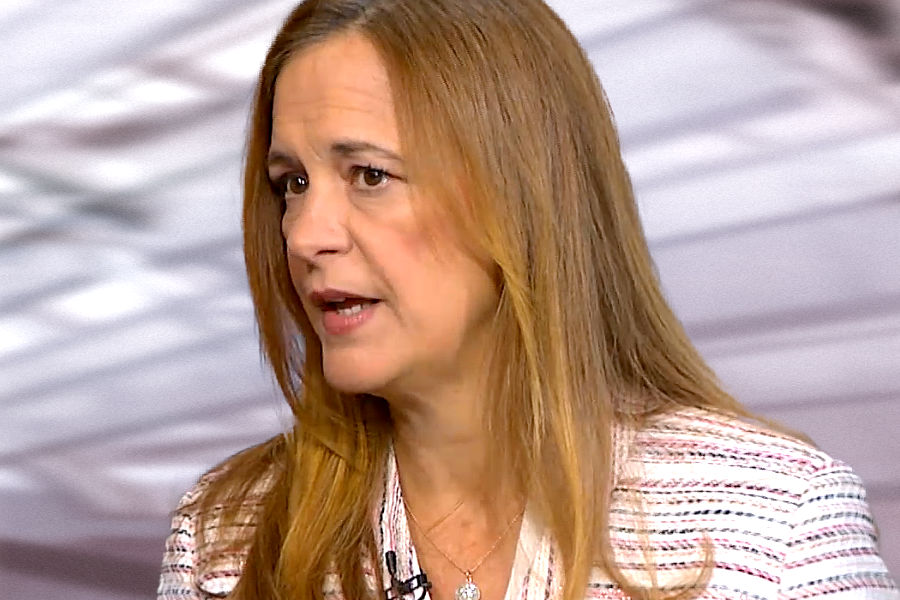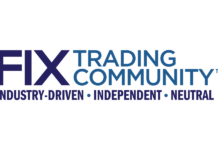The European credit trading team at Citi has, according to several large asset managers, told buy-side clients the bank owns any data relating to bilateral bond trades in which it was involved.
As a result, it has said its clients may not share this information even anonymously, outside of regulatory obligations, specifically targeting its use by Glimpse Markets, a firm providing buy-side data sharing.
If the bank were to successfully assert legal control over data held by its clients in this way, it would also have control over the viability of other commercial bond market transparency initiatives, due to the size of its activity in the market.
More broadly, if other banks were to successfully assert legal control over data held on the buy side, the development of a consolidated tape (CT) for bond pricing would be impossible on a commercial basis. Consequently the mandated plans for a CT under the European Securities and Markets Authority (ESMA) would provide the only route to increased transparency in Europe.
“Where would this end?” asked one buy-side head of trading.
According to sources seen by The DESK, the legal basis for the bank’s case appears to be an agreement that the bank has for investment manager clients not being able to share its data, and a broad interpretation of what constitutes the bank’s data.
“Every single piece of data within a transaction, even a single ISIN that was traded – [Citi] believe they own all of that,” noted one person close to the situation, speaking on condition of anonymity. “And any person they trade with cannot use that data for any purpose with the exception of distributing it to a regulator.”
Citi declined to answer The DESK’s request to understand the legal basis for its assertion, or about the scope of data it claims to own, including whether this covers voice as well as electronic data.
Citi’s position in bond markets
The bank is one of the largest market makers in global bond markets, but like other banks it has struggled with the profitability of secondary market bond trading.

Mark Mason, chief financial officer, speaking to analysts on 14 January 2022, noted that fixed income markets revenues were down 20% year-over-year for Q4 2021 and declined to rule out an exit from fixed income business lines when pressed by Betsy Graseck, global head of banks and diversified finance research at Morgan Stanley.

“The low-returning assets that you were talking about exiting, is that basically something like rates and the fixed income business?” she asked.
“I’m not looking to be specific on the low-returning assets where we’re getting out, but we’re certainly looking at our markets franchise to see where those low-returning assets exist, as well as to see where there [are] client relationships that are single product and don’t necessarily link across the franchise,” Mason said.
The double-figure drop in Q4 revenues was not unusual within the bank’s peer group, and the firm has long been a top five bond broker globally. Up until 2020, the last year of Coalition Greenwich’s dealer rankings, Citi had maintained a leading market position in fixed income with a number 2 ranking in credit markets.

Responding to its ranking that year, Jim O’Donnell, global head of investor sales and relationship management at Citi, said “Key to our success is the long-term and trusting relationships we have with all our clients, and our ability to align our efforts across the globe. As the fixed income market evolves, we will continue to adapt and work relentlessly to deliver the level of service our clients have come to expect.”
Due to the size and importance of its business, removal of the bank’s data could constitute a significant omission from any market data set, rendering the aggregated information potentially unviable as a pricing and liquidity data source in fixed income.
This would also have ramifications for the measurement of ‘best execution’ of trades, which requires pricing data to be compared between firms. Best execution is a legal obligation for the bank’s buy-side clients under the EU’s 2018 Markets in Financial Instruments Directive (MiFID II).
Don’t Glimpse at Citi data
Citi’s credit team, led by Amit Raja, EMEA head of credit trading, has reportedly approached buy-side clients participating in the buy-side data sharing initiative, Glimpse Markets, and told them they must remove any Citi-related data from the information submitted to the initiative.
Traders who were approached by Citi reported varying levels of assertiveness by the bank including “threats” to pull pricing feeds and “flexing its muscles”, with the process itself being seen by one as an attempted “blockage” of the initiative. Not every participant had been directly approached by Citi.
The bank declined to share what it had said to clients, what it saw as the risk to clients if they share the data or how Citi would enforce any infractions of this assertion.
The bank has also written to Glimpse Markets asserting its legal claim to any data, and arguing that any use of its data by Glimpse would not be legal.

“Glimpse is purposely challenging the status quo to bring meaningful transparency to the bond markets for real-money investors,” says Paul O’Brien, CEO and founder of Glimpse Markets. “Naturally, some resistance is to be expected and this highlights, now more than ever, just how important it is for the buy side to take control and ownership of the data they’re generating. We’ve been delighted by the recent swell of support from the buy side and clear market support for our principles of increasing transparency, reducing costs, and democratising access to market data.”

Eric Heleine, head of trading desk & overlay management at Groupama Asset Management, says, “Glimpse’s disruptive approach is allowing the buy-side community to regain control and ownership of their data while also reducing costs. Buy-side control is key to growing the network and enriching the dataset and Glimpse enables us to collectively define the governance structure and policies to ensure data quality and responsible, transparent data usage.”
Glimpse’s model is to pay buy-side institutions to contribute data to its platform, based on number of trades and total volume contributed. Its model is said to tackle the perceived high cost of financial data, arguing that “most real money buy side have been priced out of the market and only a small number can afford to pay these large sums to access these datasets.”
As the data is effectively generated by capital market participants, Glimpse argues they should have clarity on how their data is used, who it is re-sold to, and should be compensated for the data generated. Aggregators typically charge contributors to access data.
“Implementing best practices for data sharing will allow the network to scale and will create new standards for how the buy side manages and uses its data,” says Heleine. “The sell side should understand that introducing more transparency should be of benefit to current market structure. Maybe we need to provide more explanation about the data usage to reassure the sceptics, but dialogue is always better than strength to build the future.”
Next steps
It was noted by traders that by approaching each firm individually, Citi might find one firm whose legal team decides not to push back, creating a precedent for the bank against other buy-side firms; if it succeeded other banks would then be able to use Citi’s precedent to withdraw their data from use.
If that situation occurred, traders observed it would establish a precedent for sell-side control over any bond market transparency initiatives whether or not they include sell-side participants, removing control of bond market transparency from the hands of investment managers and putting full control in the hands of banks, unless regulators intervened.
Several buy-side firms have taken Citi’s approach to their legal teams and are currently seeking opinions.
It was also noted by traders that data from Citi trades has historically been aggregated in other data initiatives and trading platforms, without any buy-side desks reporting previous legal interference of this kind. Citi was asked about any examples of a precedent in which it has asserted this control of data before, but again declined to comment.
One buy-side trader observed that Citi’s refusal to allow its data to be used could be circumvented by not trading with Citi. Traders also note that banks have historically engaged in a similar pattern of behaviour, for example when buy-side to buy-side trading was made possible via MarketAxess’s Open Trading initiative, to which some banks withheld liquidity, but ultimately did not prevent the success of the all-to-all trading model.
Concern about sell-side strong-arming of buy-side firms has previously been raised in bond markets before by the US Securities and Exchange Commission (SEC), which in its 2020 Fiscal Year report for the Office of the Investor Advocate, wrote “Buy-side participants with whom we have spoken worry that if they complain about information availability, or back out of an offering after submitting an order, dealers will retaliate by giving a smaller allocation in a subsequent offering.”
Ownership and access to data has long been a contentious issue in bond and equity markets. Equity markets have a centralised exchange, with an obligation to print prices pre-trade, but banks argue that stock exchanges are overcharging for access to equity data. Bond markets have no central marketplace relying on bilateral trading between banks and clients, even where facilitated by electronic marketplaces. Market transparency is therefore in the hands of one or both trading parties.
In the US, regulators have long published post-trade pricing data in equities and fixed income. Europe has no equivalent model, beyond a proposal for a consolidated tape. It had historically proposed a commercial tape, apparently unaware that big banks could unilaterally prevent it from functioning.
In the UK, the Financial Conduct Authority (FCA) has just opened a consultation on whether buy-side firms have fair access to market data.
©Markets Media Europe 2025













